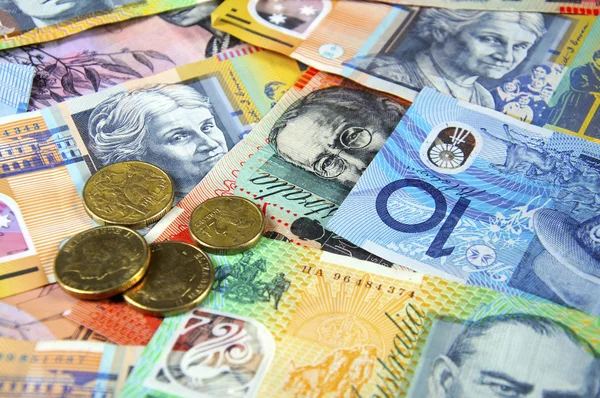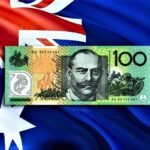Australian dollar falls following the RBA’s decision to maintain policy rates unchanged.
The Australian Dollar (AUD) remained lukewarm amid low trading volume as market participants acted cautiously ahead of the Reserve Bank of Australia’s (RBA) interest rate announcement. However, the Australian central bank maintained its interest rate at 4.35% at its March policy meeting. RBA Governor Michele Bullock spoke on the policy outlook during a press conference following the monetary policy decision on Tuesday. She recognized success in the fight against inflation, highlighting recent Data show that the country is on the right course. However, she highlighted the significance of regularly monitoring employment figures. Governor Bullock emphasized that the risks to the outlook are carefully managed and noted that the battle against inflation is far from over.
Trade activity on the Australian S&P/ASX 200 Index is thin due to market caution.
The benchmark S&P/ASX 200 Index for the Australian equities market has moved higher after a solid start to the session, boosted by advances in the energy and real estate sectors. This increasing trend in the stock market may give support for the Australian dollar (AUD). Australia’s economy grew slower than expected in the fourth quarter of 2023, prompting speculation that the Reserve Bank of Australia may begin rate cuts later this year.
The US dollar strengthens as US Treasury yields rise, fuelled by predictions of the Fed remaining aggressive for an extended term.
The US Dollar Index (DXY) seeks to extend its advances for the fourth consecutive. session, supported by an increase in US Treasury yields. Bond markets have sold off on fresh evidence of strength in the US economy, prompting traders to modify their expectations for fewer interest rate cuts this year. Investors are looking forward to interest rate decisions from both the People’s Bank of China (PBoC) and the US Federal Reserve (Fed), which are expected to be released on Wednesday.
Daily Digest Market Movers: Australian Dollar remains weak amid market caution.
The weekly ANZ-Roy Morgan Australian Consumer Confidence Index is at 81.7, up from 82.2 the previous week.
According to Bloomberg, Westpac expects the Reserve Bank of Australia to keep its cash rate at 4.35% at Tuesday’s meeting.
ANZ Bank analysts expect that the Reserve Bank of Australia (RBA) will maintain a “mild tightening bias,” with no changes to interest rates.
In February, China’s retail sales (YoY) climbed by 5.5%, compared to previous estimates of 5.2% and 7.4%.
Chinese industrial production (YoY) increased by 7.0%, exceeding the market expectations of 5.0% in February and 6.8% in the prior month.
According to the CME FedWatch Tool, the probability of a rate drop in March is 1.0%, with an 8.7% chance in May. The likelihood of a rate cut in June and July is lower, at 55.1% and 73.7%, respectively.
The preliminary US Michigan Consumer Sentiment Index for March fell to 76.5 from 76.9. This fall contrasts with assumptions that it would remain stable.
The The Federal Reserve Board of Governors reported that Industrial Production (MoM) increased by 0.1% in February, compared to the projected reading of level 0.0% and a 0.5% fall the prior month.
US Core Producer Price Index (PPI) increased by 2.0% year on year in February.
The US Core Producer Price Index (PPI) increased by 2.0% year on year in February, remaining above the 1.9% predicted. The monthly report indicated a 0.3% growth compared to 0.5% the previous month, above the projected 0.2% figure.
The US PPI (YoY) climbed by 1.6% in February, exceeding the previous estimates of 1.1% and 1.0%. PPI (MoM) climbed by 0.6%, above market expectations and the preceding gain of 0.3%.









